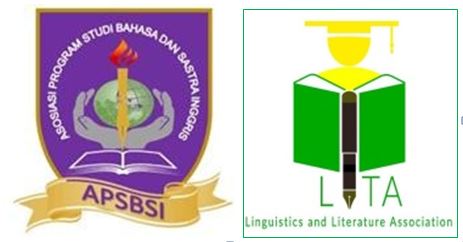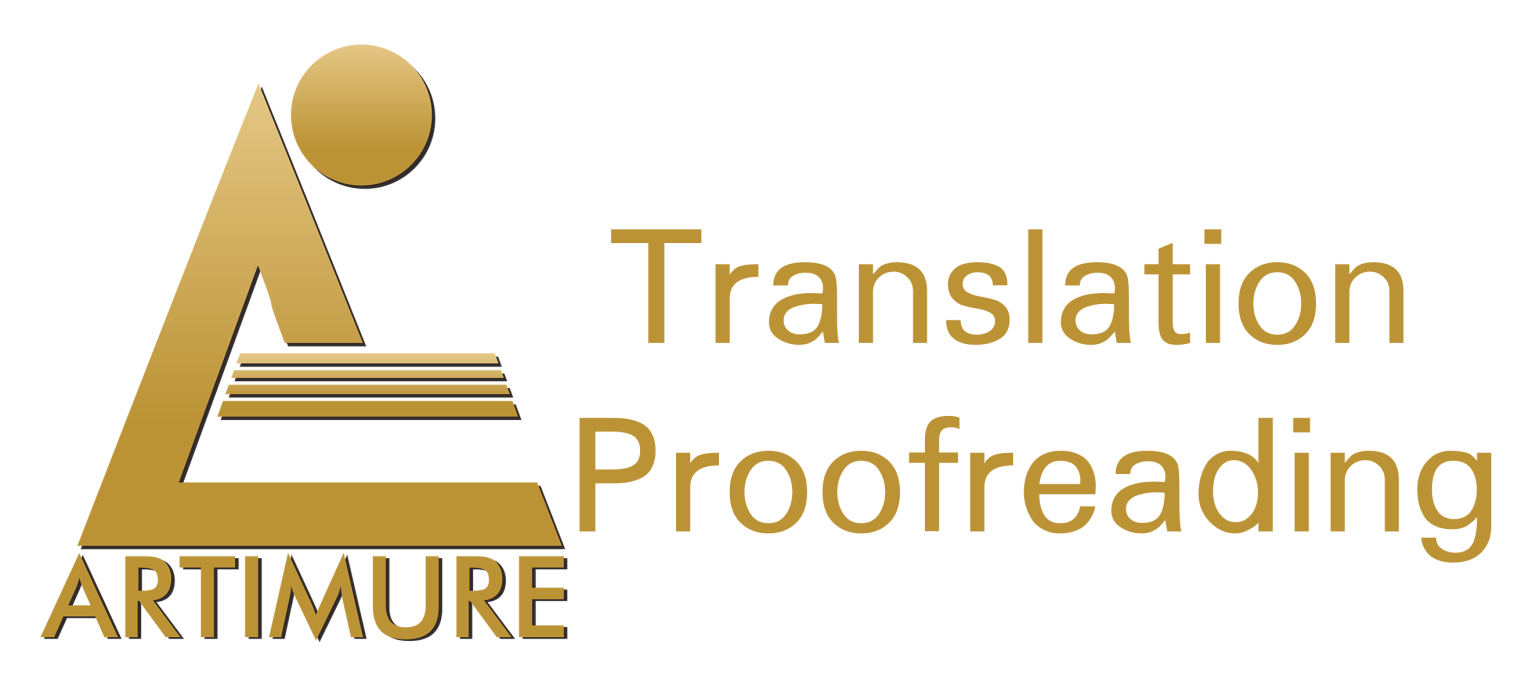Learning Wisdom beyond Ma’tammu Tedong of Toraja People: Using Semiotic Approach to Understand Myths and Ideology
DOI:
https://doi.org/10.31849/utamax.v1i3.6305Keywords:
Ritual speech, Rambu solo’, Myth, IdeologyAbstract
This paper discusses the meaning beyond ma’tammu tedong of Toraja People using semiotic approach to reveal wisdom beyond it. Participant observation methods used with field notes, recording, and interview techniques completed the data collection. The ritual text of the Ma’tammu Tedong or buffalo meeting ceremony in rambu solo’ ceremony is a symbolic form, parallelism, and metaphor which also constructs the meaning of customary ritual myth. Through the ritual remarks on the seven types of buffalo in the ceremony of rambu solo’ indicating views, concepts, and motivations are used as guidelines for life for Toraja people. The result of the research shows that, (1) the customary ritual text of buffalo meeting is symbolic, parallelism, and metaphor characteristics that represent myth meaning, (2) customary ritual text of buffalo meeting is to construct myth and ideology about Toraja character value. The value of the characters is represented by the seven types of buffalo in the customary ritual ma'tammu tedong namely, (a) balian buffalo represented as a leader figure or role model; (b) bonga buffalo as torch in human life of Toraja; (c) pudu’ buffalo as guardians in maintaining the life of the Toraja; (d) todi’ buffalo as a unifier that strengthens kinship ties; (e) sokko’ buffalo describes a polite and humble person; (f) tekken langi’ buffalo as a safeguard that reconciles the Toraja over the conflict; (g) sambao’ buffalo as customary guardians for customary offenses. Those values indicate the existence of the relation between man and Almighty and man with others. Also, they strengthen the character of human life of the Toraja and nation character.
References
Barthes, Roland. (1972). Membedah Mitos-Mitos Budaya Massa. Jakarta: Jalasutra.
Barthes, Roland. (1973). Elements of Semiology. New York. Hill and Wang
Barthes, Roland. (1957). Mythologies. Paris: Edition de Suil
Bell, C. (1992). Ritual Theory Ritual Practice. New York Oxford: Oxford University Press
Daniels, H. (2015). Mediation: An expansion of the socio-cultural gaze. History of the Human Sciences, 28(2), 34-50.
De Saussure, F. (2011). Course in general linguistics. Columbia University Press.
Duranti, A. (1997). Linguistics Anthropology. New York: Cambridge UniversityPress.
Duranti, A. (2004). A Companion to Linguistics Anthropology. USA: Blackwell Publishing Ltd.
Feng, D. (2016). Promoting moral values through entertainment: a social semiotic analysis of the Spring Festival Gala on China Central Television. Critical Arts, 30(1), 87-101.
Fiske, John. (1990). Cultural and Communication Studies. London: Routledge.
J. Tammu, dan H.Van deer Veen (2016). Kamus Toraja-Indonesia. Rantepao: Sulo
Noth, Winfried. (1990). Handbook of Semiotics. USA :The Association of American University Press.
Palembangan, Frans. B. (2007). Aluk, Adat, dan Adat Istiadat Toraja. Rantepao: Sulo
Van Dijk, Teun A. (1998). Ideology a Multidisciplinary Approach. London: Thousand Dark.
Van Dijk, Teun A. (1998). Language Ideologies (Practice anda Theory). New York: Oxfort University Press.
Zittoun, T., & Gillespie, A. (2015). Internalization: How culture becomes mind. Culture & Psychology, 21(4), 477-491.










